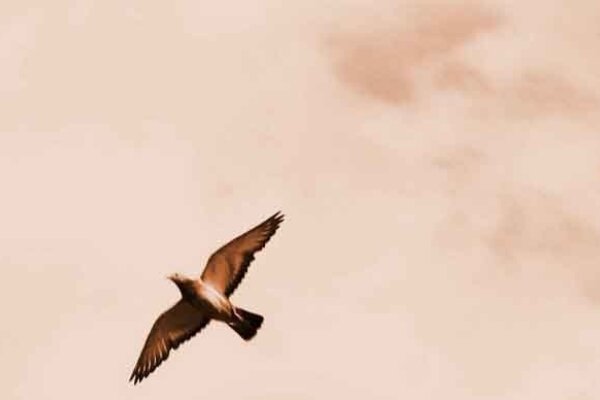2010-06-07

Pigeons use olfactory cues to navigate over unfamiliar areas when flying home. The left and the right hemispheres seem to play different roles in this process. In particular, the right olfactory bulb and left piriform cortex (the ‘cortical’-like area of olfactory representation) have been shown to be crucial for navigation. In a new study Biopsychologists from Bochum and Biologists from Pisa conducted a molecular imaging study in pigeons that had to home (or not) under different conditions. Imaging was done by the use of the immediate early gene ZENK that is activated when neurons are highly active. One group of pigeons was released from an unfamiliar site and had to fly home. On their way to the realease area they could smell and could use their olfactory sense when flying homeward. The second group was transported to the unfamiliar site (and could also smell everything), but was driven back without flying. The third group was released in front of the loft and had no trouble to find their way. In all groups, the nostrils of some pigeons were either occluded unilaterally or not. Released pigeons revealed the highest ZENK cell density in the olfactory bulb and the piriform cortex, indicating that very likely not smelling as such but the use of odours for homing from an unfamiliar site massively activates these structures. Only occlusion of the right olfactory bulb resulted in a decreased ZENK cell expression in the piriform cortex, whereas occlusion of the left nostril had no effect. This is the first study to reveal neuronal activation patterns in the olfactory system during homing. The data show that lateralized processing of olfactory cues is indeed involved in navigation over unfamiliar areas.

Pigeons use olfactory cues to navigate over unfamiliar areas when flying home. The left and the right hemispheres seem to play different roles in this process. In particular, the right olfactory bulb and left piriform cortex (the ‘cortical’-like area of olfactory representation) have been shown to be crucial for navigation. In a new study Biopsychologists from Bochum and Biologists from Pisa conducted a molecular imaging study in pigeons that had to home (or not) under different conditions. Imaging was done by the use of the immediate early gene ZENK that is activated when neurons are highly active. One group of pigeons was released from an unfamiliar site and had to fly home. On their way to the realease area they could smell and could use their olfactory sense when flying homeward. The second group was transported to the unfamiliar site (and could also smell everything), but was driven back without flying. The third group was released in front of the loft and had no trouble to find their way. In all groups, the nostrils of some pigeons were either occluded unilaterally or not. Released pigeons revealed the highest ZENK cell density in the olfactory bulb and the piriform cortex, indicating that very likely not smelling as such but the use of odours for homing from an unfamiliar site massively activates these structures. Only occlusion of the right olfactory bulb resulted in a decreased ZENK cell expression in the piriform cortex, whereas occlusion of the left nostril had no effect. This is the first study to reveal neuronal activation patterns in the olfactory system during homing. The data show that lateralized processing of olfactory cues is indeed involved in navigation over unfamiliar areas.